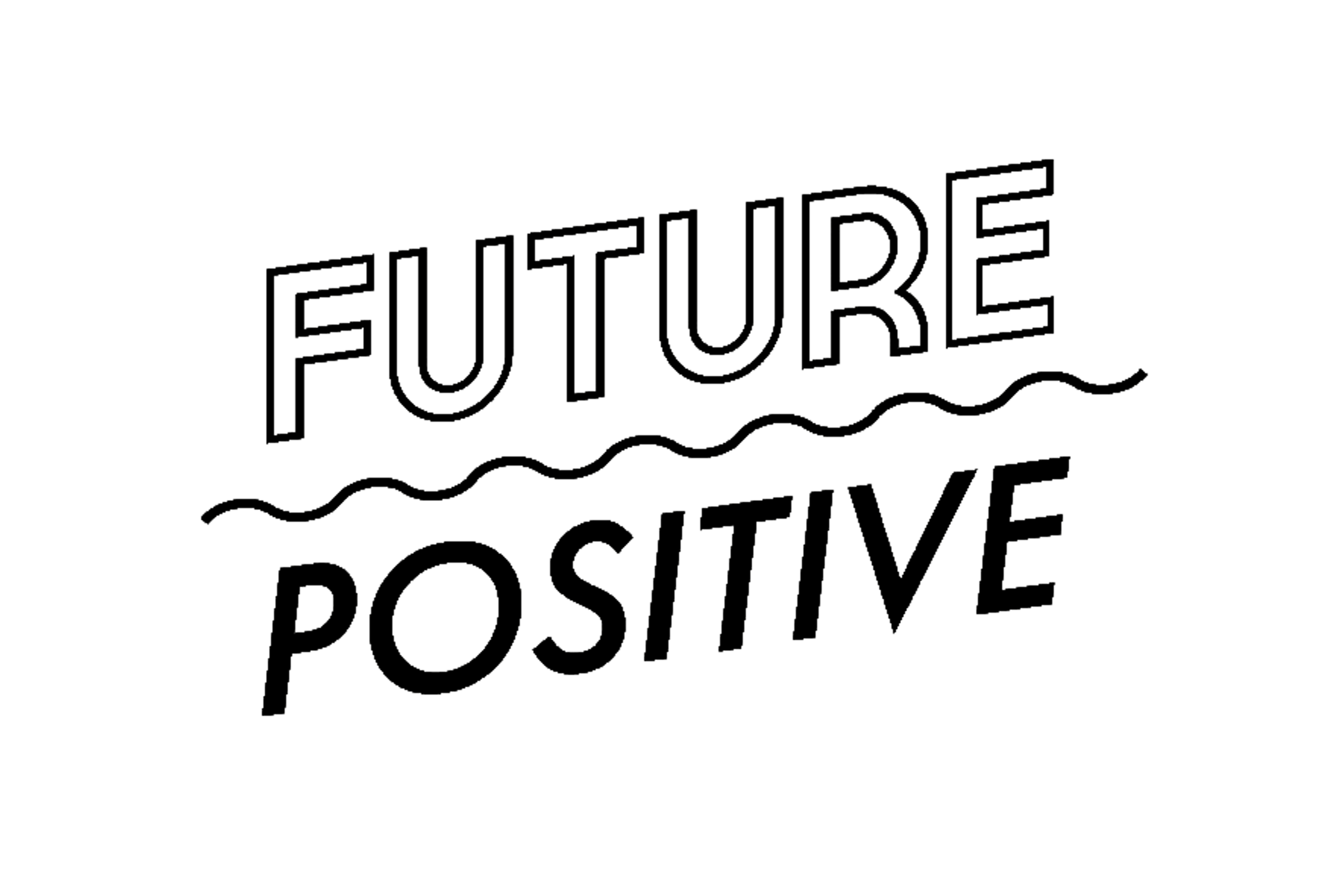The Origins of Bodywork
Bodywork, a term encompassing various forms of touch-based therapies, has roots that stretch back thousands of years. Ancient civilizations recognized the healing power of touch, developing techniques that have evolved into the diverse range of practices we see today.
Early Beginnings
In many ancient cultures, touch was seen as a powerful healing tool:
- Chinese medicine incorporated massage as early as 2700 BCE
- Ancient Egyptians used reflexology techniques
- Greek and Roman physicians prescribed massage for various ailments
These early practices laid the foundation for modern bodywork techniques, demonstrating the enduring belief in the healing power of touch.
Types of Bodywork
Today, bodywork encompasses a wide variety of techniques, each with its unique approach to promoting health and wellness through touch.
Common Bodywork Modalities
- Swedish Massage
- Deep Tissue Massage
- Shiatsu
- Reflexology
- Thai Massage
- Myofascial Release
- Craniosacral Therapy
Each of these modalities offers specific benefits and targets different physical and mental well-being aspects.
The Science Behind Touch Therapy
Recent scientific research has begun to uncover the physiological mechanisms behind the effectiveness of bodywork. Studies have shown that touch therapy can:
- Reduce cortisol levels, lowering stress
- Increase oxytocin production, promoting feelings of bonding and well-being
- Improve circulation and lymphatic flow
- Decrease inflammation in the body
These findings provide scientific backing to what practitioners and clients have long known: bodywork can profoundly affect physical and mental health.
Benefits of Regular Bodywork
Incorporating regular bodywork sessions into one’s wellness routine can lead to numerous benefits:
Physical Benefits
- Reduced muscle tension and pain
- Improved flexibility and range of motion
- Enhanced athletic performance
- Better posture
- Faster recovery from injuries
Mental and Emotional Benefits
- Decreased stress and anxiety
- Improved sleep quality
- Enhanced mood and mental clarity
- Increased body awareness
- Greater sense of overall well-being
Choosing the Right Bodywork Practitioner
Finding the right practitioner is crucial for a positive bodywork experience. Consider the following factors when selecting a therapist:
- Credentials and training
- Experience in specific modalities
- Personal comfort and rapport
- Cleanliness and professionalism of the facility
- Client reviews and recommendations
It’s important to communicate openly with your practitioner about your goals, preferences, and any health concerns to ensure the best possible experience.
Preparing for Your Bodywork Session
To get the most out of your bodywork session, consider these tips:
- Arrive early to fill out any necessary paperwork
- Communicate clearly about areas of concern or discomfort
- Wear comfortable, loose-fitting clothing
- Stay hydrated before and after your session
- Avoid heavy meals immediately before your appointment
Integrating Bodywork into Your Wellness Routine
For optimal results, consider incorporating regular bodywork sessions into your overall wellness plan. This might include:
- Weekly or bi-weekly massage appointments
- Monthly deep tissue or myofascial release sessions
- Quarterly energy work or craniosacral therapy
The frequency and type of bodywork will depend on your individual needs and goals. Consult with a qualified practitioner to develop a plan that works best for you.
The Future of Bodywork
As research continues to validate the benefits of touch therapy, the field of bodywork is likely to expand and evolve. Some emerging trends include:
- Integration of technology, such as AI-assisted massage tools
- Increased focus on mental health benefits of bodywork
- Combination of traditional techniques with modern scientific approaches
These developments promise to make bodywork an even more effective and accessible form of therapy in the years to come.
Regional Variations in Bodywork Practices
Different regions around the world have developed unique approaches to bodywork. For example, massage St George might incorporate techniques inspired by the local culture and environment. These regional variations add to the rich tapestry of bodywork practices available globally.
The Role of Bodywork in Holistic Health
Bodywork is increasingly recognized as an important component of holistic health approaches. When combined with other wellness practices such as:
- Proper nutrition
- Regular exercise
- Stress management techniques
- Adequate sleep
Bodywork can contribute to a comprehensive approach to health and well-being that addresses the whole person – body, mind, and spirit.
Learning from Bodywork
One of the often-overlooked benefits of regular bodywork sessions is the opportunity to learn about your body. Through touch and feedback from a skilled practitioner, you can:
- Identify areas of chronic tension
- Recognize patterns of holding stress in your body
- Learn techniques for self-care and maintenance between sessions
This increased body awareness can improve self-care practices and a deeper understanding of your physical and emotional needs.
Wrapping Up: The Power of Therapeutic Touch
The world of bodywork offers a wealth of options for those seeking to improve their physical and mental well-being through the power of touch. From ancient techniques to modern scientific approaches, the field continues to evolve and demonstrate its value in promoting health and wellness. By exploring different modalities and finding the right practitioner, individuals can harness the healing potential of bodywork to enhance their quality of life and overall health.





